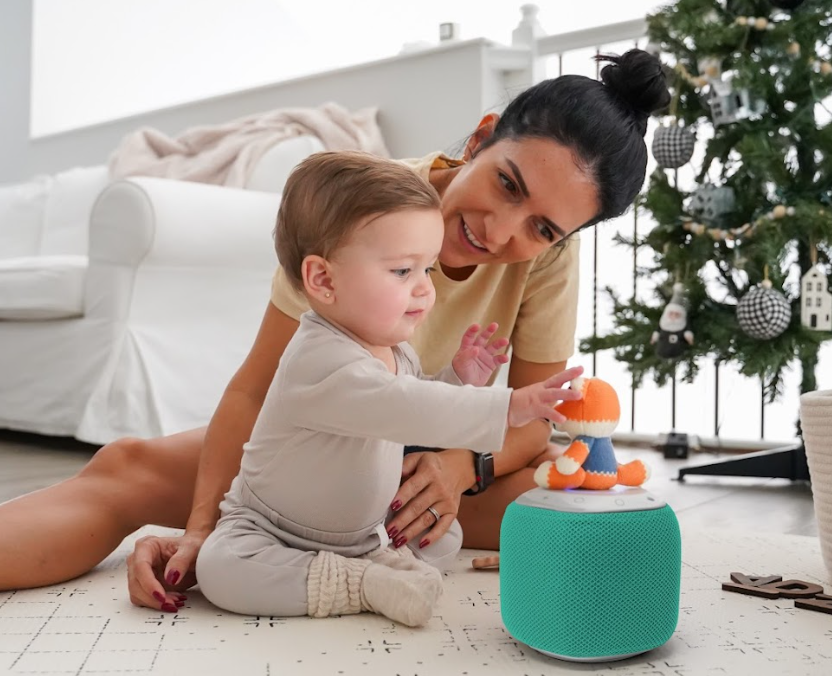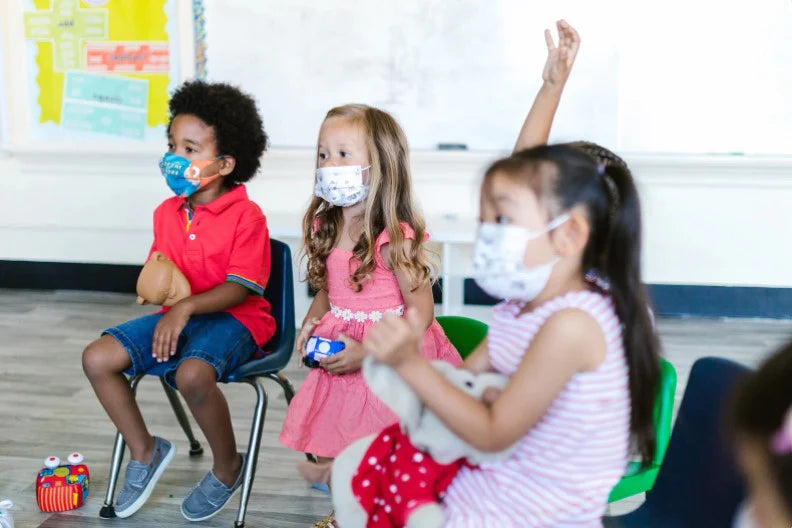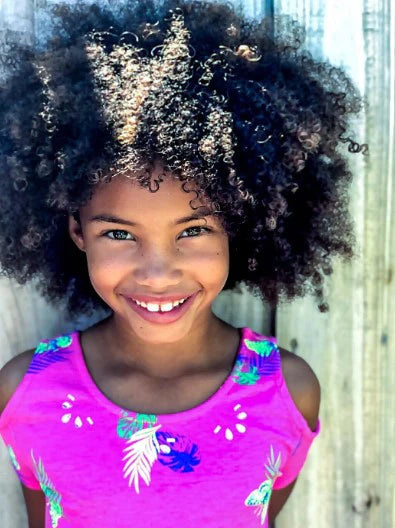Even though your child hasn't started reading on their own quite yet, preschoolers delight in being read to by their parents or care providers. And with good reason. Their little minds are taking in a lot! From absorbing the illustrations to using context clues to learn vocabulary, your 4-year-old is building their reading comprehension skills each time you read them a book! Consider trying a few strategies with your little one to boost reading comprehension skills:
- Do a picture walk - Before reading a new book, do a picture walk with your child to activate prior knowledge and make predictions and connections. All you do is preview the illustrations in the book before reading and discuss them with your child. Ask them about what they think might happen in the book or if the pictures remind them of anything in their own life. For example, if you're viewing the cover of The Three Little Pigs, say something like, "What kind of animals are those? Do you remember when we went to the farm? What other animals did you see? I see that these pigs have building materials in their hands. What do you think they might do?"
- Use books with refrains - Stories that use a lot of repetition and refrains are great for children at this age because it gives your little one the opportunity to internalize and think about the main themes of the story. Stories like The Gruffalo are great fun and have plenty of repetition!
- Talk about sequencing - Children at this age are capable of simple sequencing, which is putting the events of a story in order. You can strengthen this skill by simply using 3 fingers to retell what happened first, what happened in the middle, and what happened at the end. Want a more interactive way of practicing? Draw three simple scenes from the story on separate index cards and mix them up. Have your child see if they can put the scenes in order. If they're up for the challenge, they could draw the scenes themselves and quiz you!
- Talk about their favorite part of the book - Reading is about making connections, and the best way to have your child think about how they connect with the story is by asking them what their favorite part was. Whether they talk about the colorful illustrations, the presence of their favorite animal, or a funny part that made them laugh, it gets them thinking and talking. Bonus points: it's a great activity for language development, as well!
- Use new vocabulary - One of the benefits of reading to children is that it helps them to learn new vocabulary they wouldn't otherwise encounter in their day to day speech. If you come across a new or interesting word in the story, point it out and explain what it means. If there are parts of the illustration that relate to how the word is being used in the story, point that out as well. And be sure to use the word later in the day and regularly thereafter.








